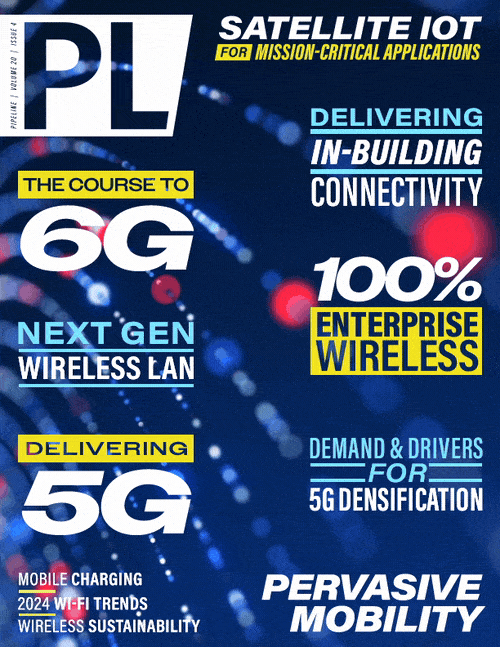Charting the Course to 6G
These priorities collectively aim to streamline operations, achieve improved cost-efficiency, significantly improve energy efficiency, and ensure the required network resilience.
Guiding Principles: Forging a Path to 6G
The MNO members of NGMN have formulated a set of guiding principles which provide a blueprint for industry stakeholders to unite around. Global harmonization of 6G network standards is identified
and positioned as the first guiding principle, and NGMN has for many years and with previous network generations supported this as a key foundation stone. New principles include avoiding inherent
triggers for a hardware refresh of 5G RAN infrastructure and ensuring that decisions to upgrade hardware are both independent of requirements to support 6G and are operator-driven choices based
on factors such as end-of-life, improved energy efficiency, or the offering of compelling and novel capabilities to end-users.
Alongside the “no inherent hardware upgrade” guiding principle is the requirement that 6G's introduction must allow certain scenarios to be realized through software-based upgrades of existing
network elements. This approach to the deployment of 6G must not compromise the connectivity of customers on 5G networks. It must also maintain the integrity of existing core services. Network
performance, flexibility, and backward compatibility, without compromising customer connection to 5G networks, and without compromising existing core connectivity services such as voice, are also
key considerations in our MNO community’s vision of 6G deployment.
Addressing the diverse needs of 6G customers across mobile, fixed, and non-terrestrial networks is a cornerstone of this vision. Ensuring interoperability and incorporating robust security measures to counter emerging threats and vulnerabilities are also essential components of the guiding principles.
Spectrum Considerations: Navigating the Wireless Landscape
Mobile Network Operators within NGMN recognize the critical role spectrum considerations play in aligning the industry toward a unified vision, the importance of licensing both existing and new IMT spectrum for IMT-2020 and beyond, and also to explore the potential of new IMT spectrum in the sub-THz bands for adoption in any new IMT-2030 and beyond radio technology.
Conclusion: NGMN’s Ongoing Contribution
The NGMN 6G Position Statement is not just a static document, but part of an ongoing commitment to shape the industry through NGMN’s impactful and relevant three strategic focus topics of 1) Mastering Disaggregated Networks with a focus on End-to-End Operating Disaggregated Networks, 2) Green Future Networks, and 3) 6G, each building on each other to provide a unique and evolving perspective.
Whatever 6G might become, it will be built on the foundations of 5G. NGMN’s 6G vision is forged in collaboration with a diverse range of industry stakeholders, providing another valuable example of how NGMN’s Mobile Network Operator community collaborates with the entire value chain within NGMN on 6G end-to-end requirements, and offers the industry invaluable guidance into the future of communication networks and the realization of a graceful path towards 6G.
The traditional way of introducing a new technology generation must evolve. NGMN's ongoing, operator-led provisioning of impactful guidance and recommendations to the industry, facilitating dialogue across the whole value chain of NGMN’s membership and external stakeholders, will not only benefit the telecommunication ecosystem, but also lay the groundwork for global 6G deployments that cater to the evolving needs of end-users.
The realization of a graceful evolution towards 6G is not just a possibility but a shared passion actively pursued by NGMN. Following upon NGMN’s previous publications, 6G Drivers and Vision, 6G Use Cases and Analysis, and 6G Requirements and Design Considerations, our “6G Position Statement: An Operator View,” marks the next step of guidance for developing E2E requirements for 6G. It is another valuable example the global MNO community within NGMN collaborating with our entire Partnership. As NGMN continues this collaborative journey, the industry can anticipate a future where communication networks seamlessly and more easily adapt to emerging technologies, providing tangible benefits to both industry stakeholders and end-users alike.
This article features and cites the NGMN publication “6G Position Statement: An Operator View” developed by the NGMN Alliance Board.



















